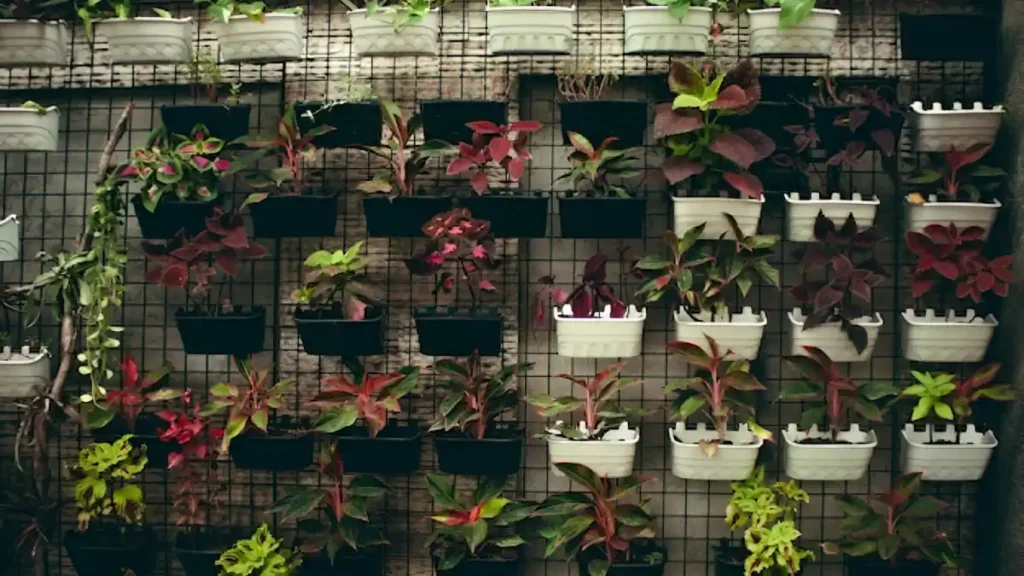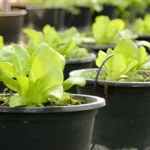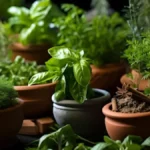Vertical gardening is an excellent alternative for those who have limited space but want to experience the benefits of cultivating their plants, herbs, and veggies. You may create a flourishing garden in even the tiniest spaces by making use of vertical space.
How to begin vertical gardening:
Select the appropriate location
Choose a location where the plants you want to cultivate will get enough sunshine. Make sure the framework you’re employing is well-grounded and strong enough to support the weight of the plants.
Choose the correct plants
Think about how the plants you wish to grow grow. Tomatoes, cucumbers, and peas are excellent vine plants for vertical gardens. Furthermore, herbs that grow vertically, such as cilantro, mint, and basil, do well.
Get your structure ready
Make sure it is strong and able to hold the weight of your plants, regardless of whether you choose a hanging garden, shelves, or a trellis. Think about the distance between each stage to ensure appropriate development.

Vertical gardening care & maintenance tips:
Maintaining it requires routine care to make sure your plants flourish. The following are some vital care recommendations to remember:
- Given that gardens can dry up more quickly than typical gardens, give your plants regular irrigations.
- Make sure your plants have access to the nutrients they need for strong, healthy growth by fertilizing them.
- To avoid crowding and to encourage improved airflow, prune and train your plants.
Conclusion:
Vertical gardening is a great way to incorporate nature into your house, especially if you have limited room. You can make a gorgeous vertical garden that not only brightens your area but also gives you access to fresh herbs and produce by following this beginner’s approach.
Certainly! If you’d like to learn more, please consider following our WhatsApp Channel: Harvest Gardening
A frequently asked questions:
Q1: What is vertical gardening?
A1: Vertical gardening is a technique for growing plants upwards rather than outwards, using vertical spaces such as walls or trellises to maximize limited space and provide greenery in urban areas.
Q2: What are the benefits of vertical gardening?
A2: Vertical gardening has various advantages, including utilizing limited space, improving air quality, lowering urban heat, and increasing aesthetic appeal. In addition, it minimizes soil erosion and water consumption and facilitates simpler access for harvesting and maintenance.
Q3: Which plants are best suited for vertical gardening?
A3: Shallow root systems, compact growth patterns, and tolerance to different light levels are characteristics of the perfect plants for it. Herbs like thyme and basil, leafy greens like spinach and lettuce, trailing vines like philodendron and ivy, and flowering plants like petunias and begonias are a few examples.



